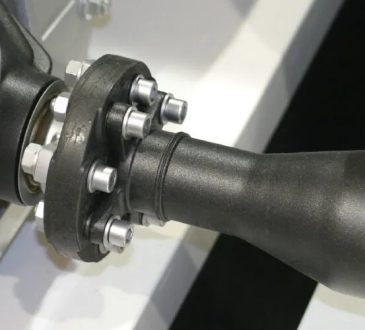How Dirty Air Vents Affect Cabin Air Quality: Special Choices

Clean air vents are important for a healthy car cabin. When vents get dirty they trap dust mold and bacteria. This can lower the air quality inside the vehicle. Poor air quality affects passenger comfort and health. Knowing how dirty vents impact the cabin helps car owners choose proper servicing. Professionals offer service tiers that fix vent hygiene problems step by step.
The Link Between Dirty Vents and Airborne Contaminants
Dirty air vents collect dust pollen and other particles over time. These contaminants get pushed into the cabin every time the air system runs. Passengers breathe in these particles which may cause irritation. Allergies can worsen and breathing difficulties can arise. The first level of professional service removes surface dust and dirt. This simple cleaning reduces the number of particles entering the cabin. For more severe cases deeper duct cleaning is required. The highest service tier disinfects vents to kill harmful microbes. This tier ensures the cabin air is fresh and safe to breathe.
Mold Growth and Its Impact on Respiratory Health
Moisture buildup inside air vents encourages mold and mildew growth. Mold spores release into the air and can trigger asthma or other respiratory problems. This is especially risky for children elderly people and those with existing health issues. Basic servicing focuses on drying and cleaning vent surfaces. Intermediate service includes treating ducts with anti-fungal solutions. The most advanced tier offers complete mold removal and prevention treatments. These services protect occupants from harmful airborne mold spores. Going for the European Auto Repair in Middle River, MD based service would be perfect here.
Odors from Dirty Vents and Their Effects on Comfort
Dirty vents often cause unpleasant odors inside the car. Musty or stale smells come from trapped dirt and mold growth. These odors reduce driving enjoyment and may cause nausea or headaches. Entry level service cleans vent openings to remove dirt buildup. More thorough cleaning inside ducts is available in the next tier. The highest service tier includes deodorizing treatments that remove bad smells completely. Fresh smelling air improves comfort and makes the cabin more inviting.
Noise and Performance Issues Linked to Vent Dirt
Dust and debris in air vents can cause rattling or whistling noises during use. These noises distract the driver and suggest poor maintenance. Dust buildup may also reduce airflow making climate control less effective. Basic servicing tightens loose parts and cleans vent openings. More advanced tiers clean deep inside the ductwork to restore full airflow. Professional inspection ensures the ventilation system works quietly and efficiently.
Why Regular Vent Servicing Matters for Health and Comfort
Regular cleaning and maintenance of air vents prevents buildup of harmful contaminants. Early tier services handle light dust and dirt problems. Mid-level services treat mold and deep-seated dirt. Advanced service tiers include disinfection and thorough odor removal. Each level improves cabin air quality and protects respiratory health. Clients can select service tiers based on their needs and vent condition. Maintaining clean vents keeps the cabin fresh safe and comfortable.
Conclusion
Dirty air vents reduce cabin air quality by spreading dust mold and odors. These problems affect respiratory health and passenger comfort. Professional servicing restores vent cleanliness through progressive service tiers. From basic dust removal to advanced disinfection each tier targets specific issues. Choosing the right service ensures clean fresh air and a healthier driving environment. Regular vent maintenance is essential for a comfortable and safe car cabin.









